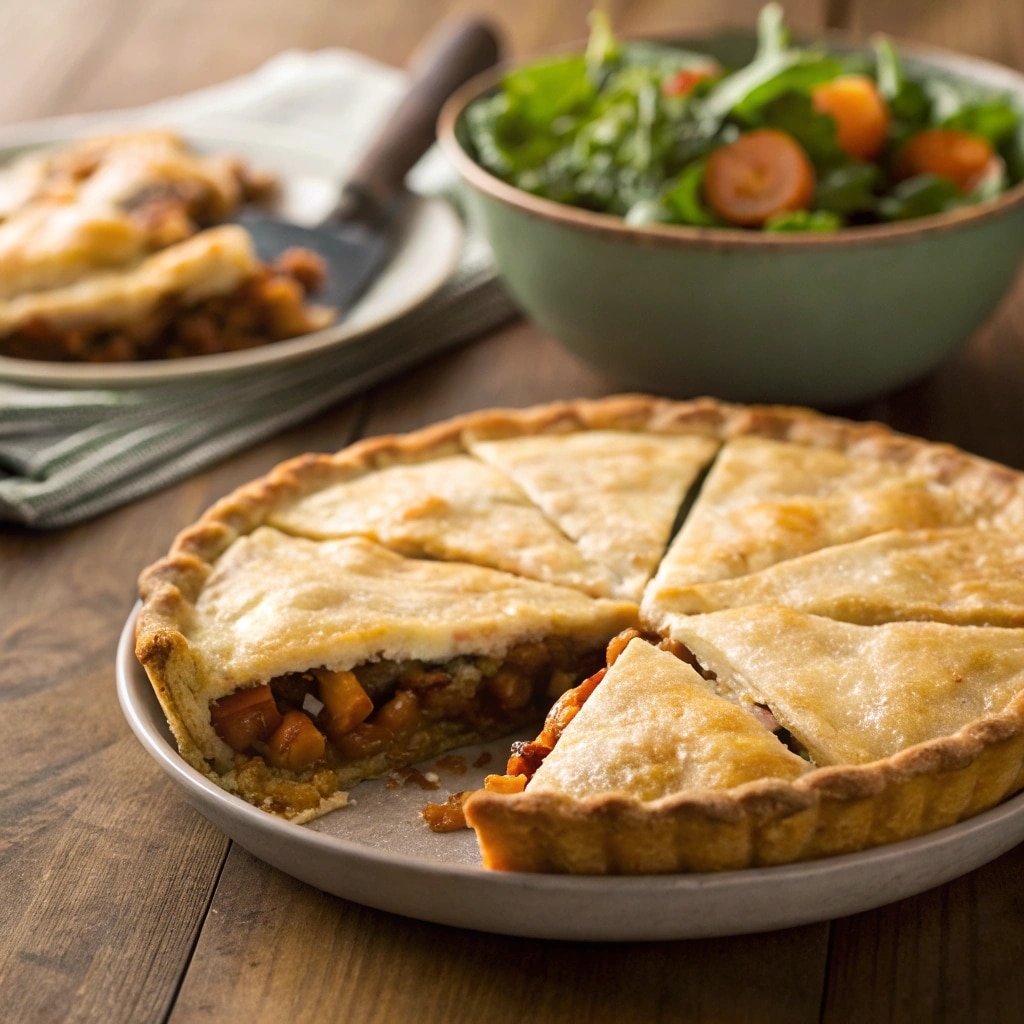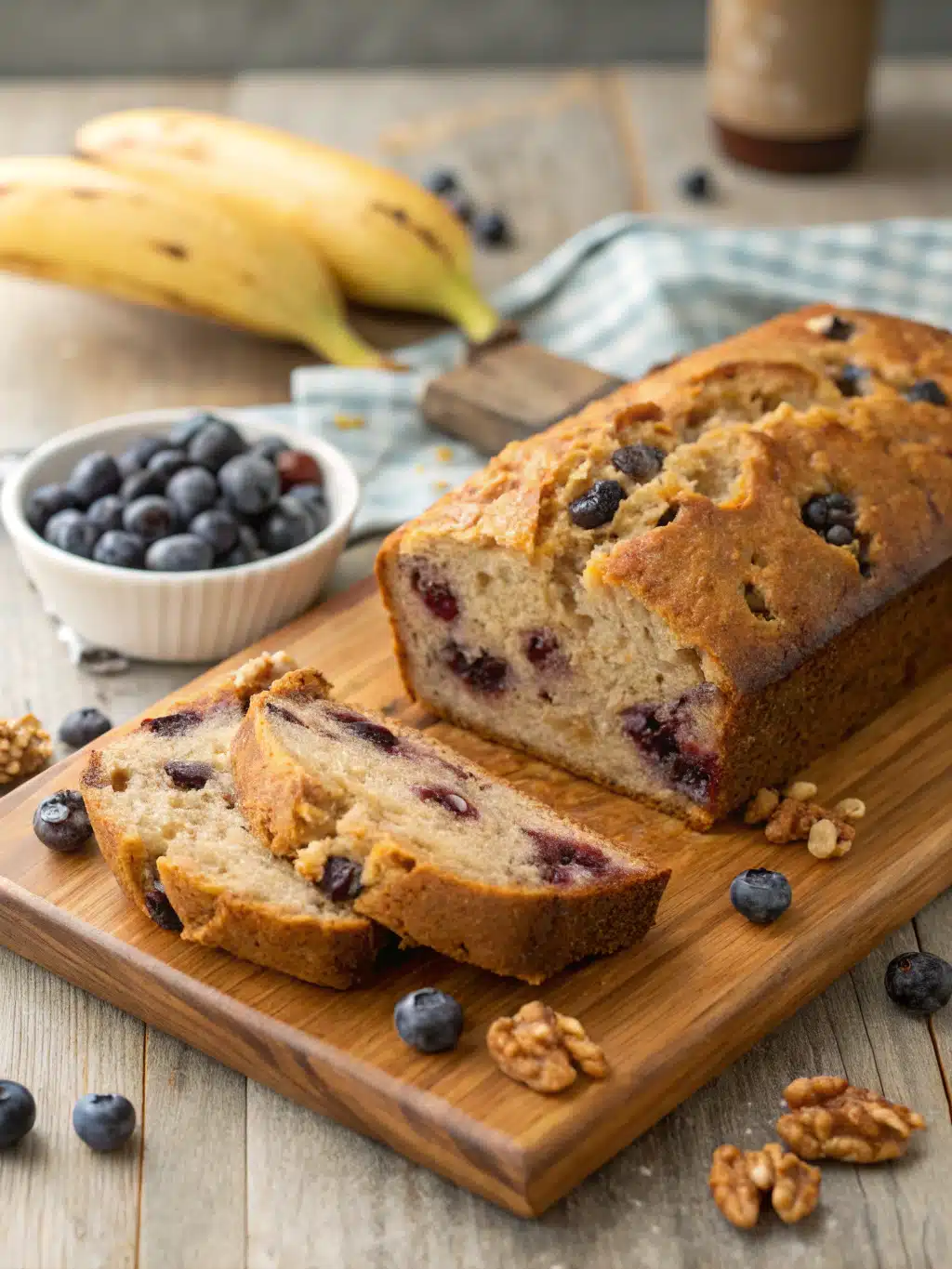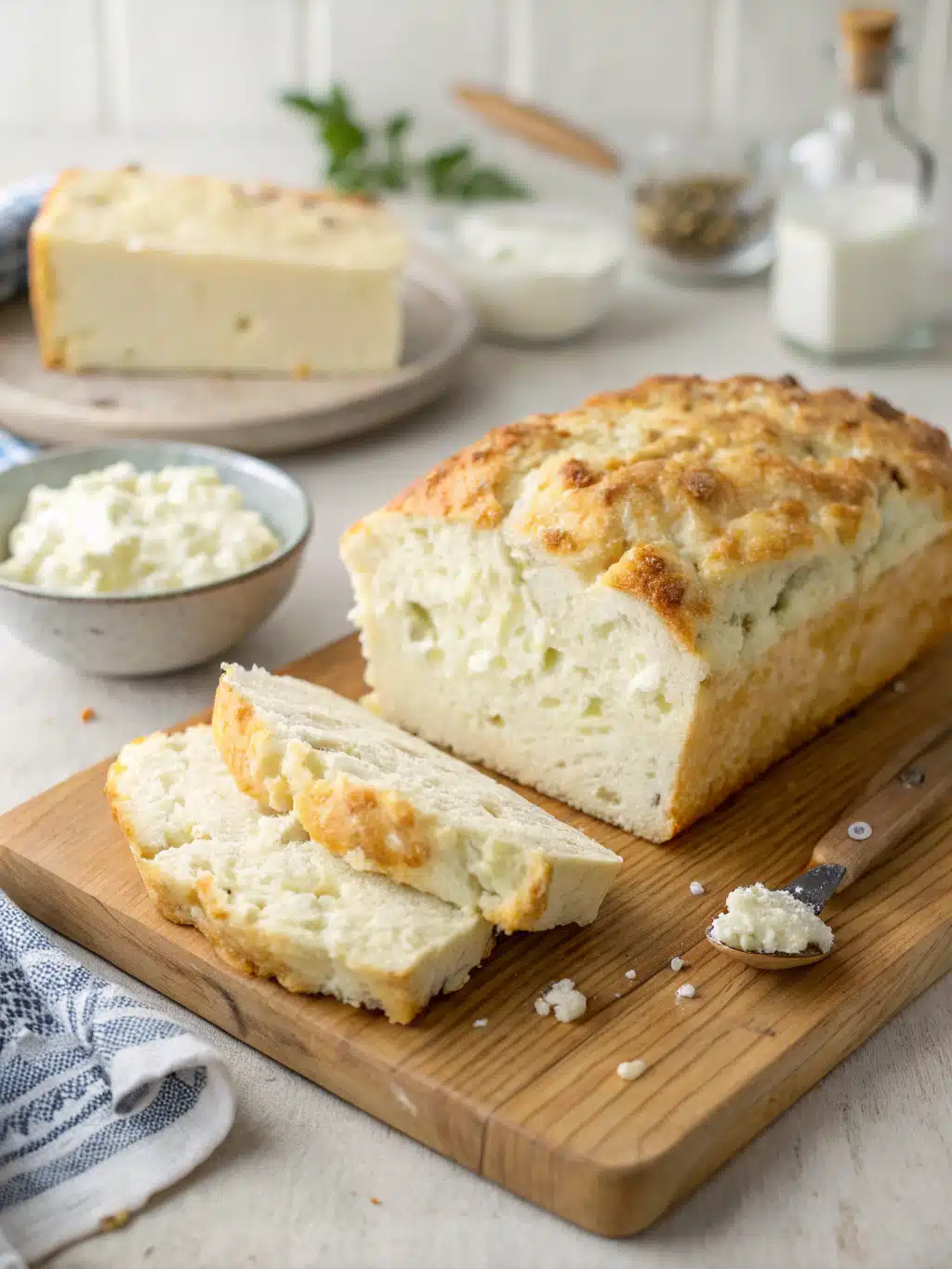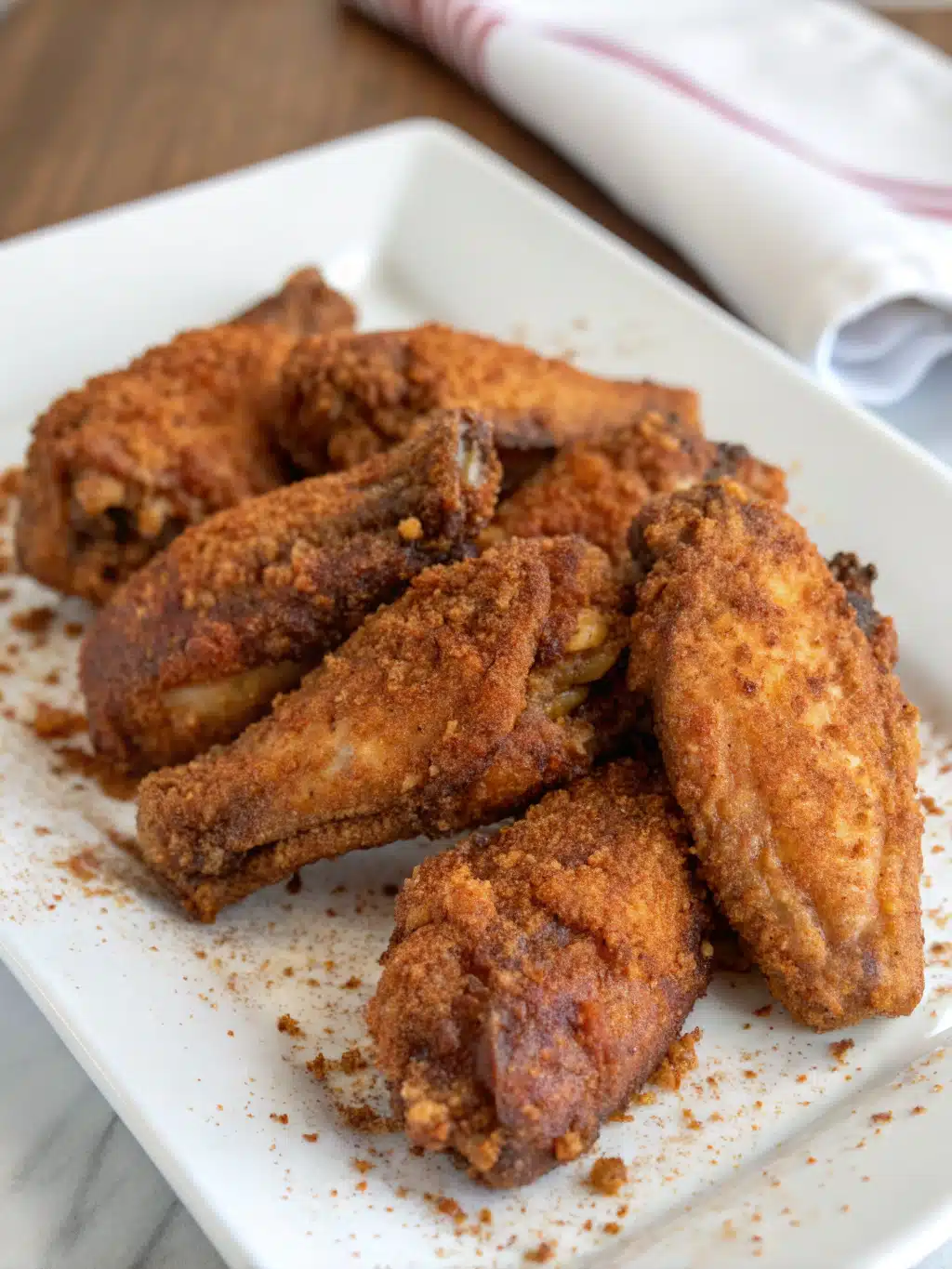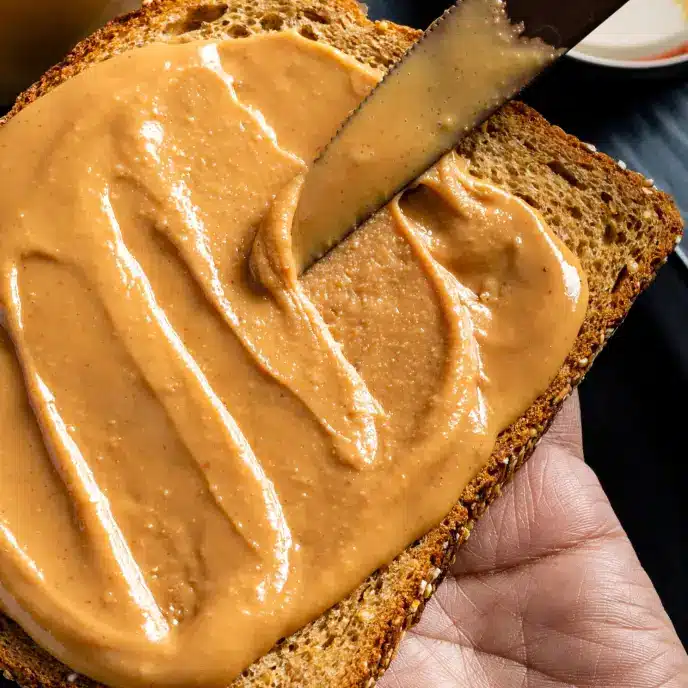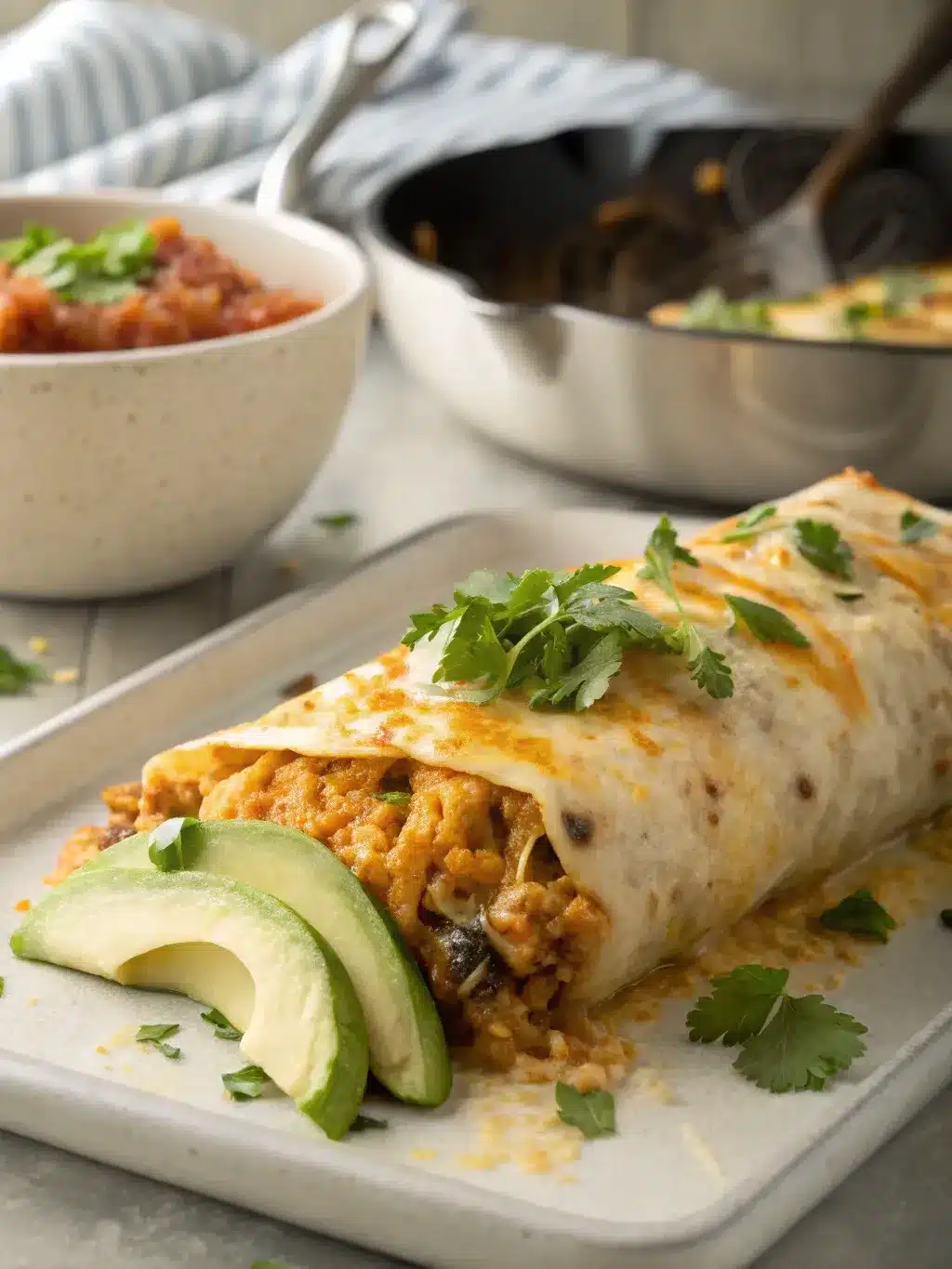Sharing is caring!
Why You’ll Love Lasagna?
Lasagna is the ultimate comfort food—layers of rich meat sauce, creamy cheese, and tender pasta baked to perfection. Whether you’re hosting a family dinner or craving a hearty meal, this classic Italian dish delivers irresistible flavor in every bite. Perfect for busy weeknights or special occasions, our 30-minute lasagna recipe brings savory Italian flair to your table with minimal effort. If you love layered dishes, you’ll also enjoy our layered cabbage rolls recipe for another comforting meal idea.
Table of Contents
Ingredients to make lasagna
- 1 pound ground beef (or Italian sausage for extra flavor)
- 1 medium onion, finely chopped
- 3 cloves garlic, minced
- 1 (28 oz) can crushed tomatoes
- 2 (6 oz) cans tomato paste
- 2 (15 oz) cans tomato sauce
- ½ cup water
- 2 tablespoons sugar (optional, balances acidity)
- 3 teaspoons dried basil
- 1½ teaspoons fennel seeds
- 2 teaspoons Italian seasoning
- 1 teaspoon salt
- ½ teaspoon black pepper
- 12 lasagna noodles (oven-ready or boiled)
- 16 oz ricotta cheese
- 1 egg
- ½ teaspoon nutmeg
- 4 cups shredded mozzarella cheese
- ¾ cup grated Parmesan cheese
- Fresh parsley, chopped (for garnish)
Time needed to make lasagna
Making lasagna is quicker than you think! Here’s a breakdown of the time required:
- Prep time: 15 minutes
- Cook time: 30 minutes
- Total time: 45 minutes
This 30-minute lasagna recipe is perfect for busy weeknights when you want a comforting meal without spending hours in the kitchen. For more quick dinner ideas, check out our easy hamburger casserole that’s equally delicious and time-saving.
Quick Steps to Make Lasagna
Step 1: Preheat and Prep
Preheat your oven to 375°F (190°C). Lightly grease a 9×13-inch baking dish to prevent sticking.
Step 2: Cook the Meat
In a large skillet over medium heat, brown 1 pound of ground beef with ½ cup of diced onions until fully cooked. Drain excess fat.
Step 3: Layer the Sauce
Stir in 24 ounces of marinara sauce and simmer for 5 minutes. This creates a rich, flavorful base for your lasagna.
Step 4: Assemble the Layers
Spread a thin layer of meat sauce on the bottom of the baking dish. Top with 3 lasagna noodles, followed by 1 cup of ricotta cheese, 1½ cups of shredded mozzarella, and a sprinkle of Parmesan.
Step 5: Repeat and Finish
Repeat the layers twice more, ending with a final layer of meat sauce and a generous topping of mozzarella and Parmesan.
Step 6: Bake to Perfection
Cover with foil and bake for 25 minutes. Remove the foil and bake for another 10-15 minutes until bubbly and golden.
Step 7: Rest and Serve
Let the lasagna rest for 10 minutes before slicing. This helps the layers set for clean cuts.
Is lasagna healthy and nutritious
Lasagna can be a nutritious meal when prepared with wholesome ingredients. A classic serving provides a good balance of protein, carbs, and fats, along with essential vitamins like B12 from cheese and iron from ground beef. For a lighter version, try swapping regular pasta for whole wheat or zucchini noodles, or use lean turkey instead of beef.
Each serving typically contains around 350–450 calories, depending on ingredients. To boost fiber, layer in spinach or mushrooms, as seen in this vegetarian enchiladas recipe. For more protein-packed ideas, check out this creamy garlic chicken dish.
Looking for healthier Italian-inspired meals? This slow-cooker beef stew offers rich flavor with fewer carbs. Or, if you prefer plant-based options, this vegan split pea soup is packed with protein and fiber.
Can I make lasagna healthier and still delicious
Absolutely! You can enjoy a lighter version of lasagna without sacrificing flavor. Here are some smart swaps to boost nutrition while keeping that rich, comforting taste.
Whole Wheat or Gluten-Free Noodles
Swap traditional lasagna noodles for whole wheat or gluten-free options. Whole wheat adds fiber, while gluten-free varieties like brown rice or lentil noodles cater to dietary needs. Check out our vegetarian enchiladas recipe for more gluten-free inspiration.
Leaner Protein Choices
Instead of fatty ground beef, try lean ground turkey, chicken, or plant-based crumbles. For a protein-packed twist, layer in roasted eggplant or mushrooms. If you love hearty flavors, our slow-cooker beef stew offers great tips for balancing richness and health.
Lighter Cheese Options
Reduce cheese by using part-skim ricotta or cottage cheese blended with herbs. A sprinkle of sharp Parmesan adds bold flavor without excess fat. For cheesy yet healthy dishes, explore our cabbage Parmesan recipe.
Veggie-Packed Layers
Boost nutrients by adding spinach, zucchini, or roasted bell peppers between layers. This trick works wonders in our vegan split pea soup, proving veggies can be the star!
With these tweaks, your lasagna stays indulgent—just smarter. Want more healthy swaps? Try our oat pancakes for a nutritious breakfast twist!
How to Serve Lasagna
Lasagna is a versatile dish that pairs beautifully with a variety of sides and drinks. For a classic Italian meal, serve it with a crisp garden salad and garlic bread. If you’re looking for a heartier option, try roasted vegetables or a warm bowl of beef stew.
For drinks, a robust red wine like Chianti complements the rich flavors of lasagna perfectly. If you prefer non-alcoholic options, sparkling water with lemon or a refreshing iced tea works well. Garnish your lasagna with fresh basil or a sprinkle of grated Parmesan for an extra touch of flavor.
If you’re serving lasagna at a gathering, consider adding creamy garlic chicken as a second main dish or a light dessert like pumpkin cheesecake to round out the meal.
Avoid These Mistakes
Making lasagna seems simple, but small errors can ruin the dish. Here are common pitfalls and how to avoid them:
Overcooking the Pasta
Lasagna noodles should be al dente before baking. Overcooked noodles turn mushy in the oven. For best results, boil them 2 minutes less than package instructions. If using no-boil noodles, ensure enough sauce to hydrate them properly.
Skipping the Resting Time
Cutting lasagna too soon causes messy slices. Let it rest 15-20 minutes after baking. This helps layers set, making serving easier. For perfect portions, use a sharp knife and wipe it clean between cuts.
Uneven Layering
Distribute ingredients evenly for consistent flavor in every bite. Alternate pasta, sauce, cheese, and fillings in thin layers rather than dumping thick clumps. For inspiration on balanced layering, check our layered cabbage rolls recipe.
Dry Lasagna
Too little sauce creates a dry, crumbly texture. The noodles should be fully coated but not swimming. For proper moisture, use about 3 cups of sauce per pound of pasta. If you prefer richer flavors, try techniques from this beef stew guide to intensify your sauce.
Bland Seasoning
Lasagna needs bold flavors to shine through all layers. Season each component – meat, sauce, and cheese mixture – separately. Taste as you go and adjust with herbs, garlic, or red pepper flakes. For more seasoning tips, see our garlic chicken recipe.
Wrong Cheese Blend
Using only mozzarella makes lasagna stringy and one-dimensional. Combine ricotta for creaminess, Parmesan for sharpness, and mozzarella for melt. For cheese alternatives, this vegan soup recipe offers great dairy-free solutions.
The best way to store leftover lasagna
Proper storage keeps your lasagna fresh and flavorful for days. Let it cool completely before transferring to an airtight container—this prevents condensation that can make it soggy. For best results, layer parchment paper between slices to avoid sticking.
Refrigerated lasagna stays delicious for 3–4 days. If you need longer storage, freeze individual portions wrapped tightly in foil or plastic for up to 3 months. Reheat frozen lasagna in a 350°F oven (covered) for about 30 minutes, or thaw overnight in the fridge first.
For a crispy top when reheating, uncover during the last 10 minutes. Microwave works in a pinch, but the oven preserves texture better. Pair reheated lasagna with a fresh side like garlic-roasted vegetables or a light salad for balance.
Pro tip: Label containers with dates to track freshness. Avoid repeated reheating—portion sizes ahead of time. For more freezer-friendly meals, check out slow-cooker beef stew or creamy garlic chicken.
Need ideas for repurposing leftovers? Transform extra lasagna into a deconstructed pasta bake or layer it into a hearty breakfast casserole with eggs.
Ready to give lasagna a try
Now that you’ve got all the tips and tricks to make the world’s best lasagna, why not roll up your sleeves and give it a shot? This 30-minute recipe delivers rich Italian flavors without the fuss—perfect for weeknights or impressing guests. If you loved this, explore our vegetarian enchiladas or creamy garlic chicken for more comfort food inspiration. Craving something lighter? Try our healthy oat pancakes or easy hamburger casserole for a twist on classics. Happy cooking!
Frequently Asked Questions
Can I make lasagna ahead of time?
Yes! Lasagna is perfect for meal prep. Assemble it, cover tightly, and refrigerate for up to 2 days before baking. You can also freeze unbaked lasagna for up to 3 months—just thaw overnight before baking.
What’s the best cheese for lasagna?
A blend of ricotta, mozzarella, and Parmesan creates the perfect creamy, gooey texture. For extra richness, try adding provolone or asiago.
Why does my lasagna turn out watery?
Excess moisture usually comes from undercooked noodles or watery sauce. Precook no-boil noodles slightly, drain ricotta well, and simmer your sauce longer to thicken it.
Can I make lasagna without meat?
Absolutely! Swap ground beef for mushrooms, lentils, or plant-based crumbles. Our vegetarian enchiladas recipe offers great inspiration for meatless layers.
How do I prevent lasagna from sticking to the pan?
Always grease your baking dish with olive oil or nonstick spray. For extra insurance, line the bottom with parchment paper before assembling.
What’s the ideal internal temperature for cooked lasagna?
Lasagna is done when it reaches 165°F (74°C) in the center. The top should be bubbly and lightly browned—about 30-40 minutes in a 375°F (190°C) oven.


